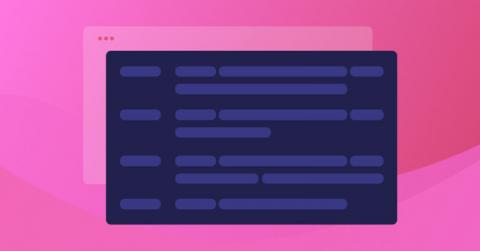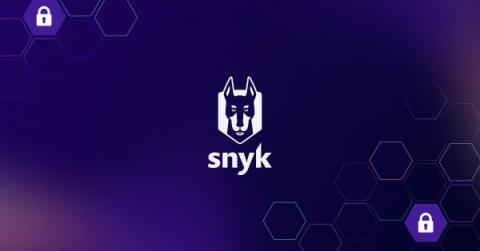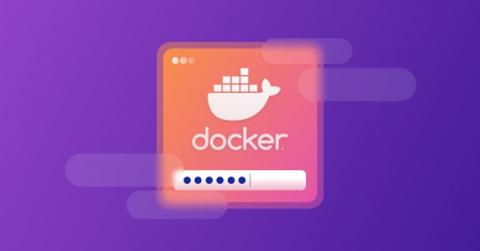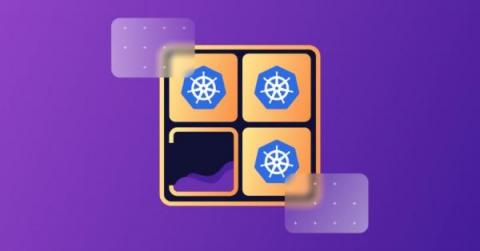Snyk Ranked #19 on 2023 Forbes Cloud 100 List
I am excited and humbled to share that Snyk has been named to the prestigious Forbes Cloud 100 list for the fourth consecutive year, coming in at #19. The full list was unveiled this morning. This recognition follows a number of significant company milestones, including being named a leader in both the 2023 Gartner® Magic Quadrant™ for Application Security Testing and The Forrester Wave™: Software Composition Analysis, Q2 2023 report.











